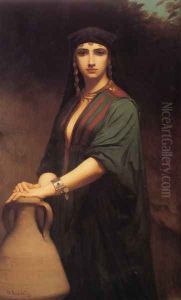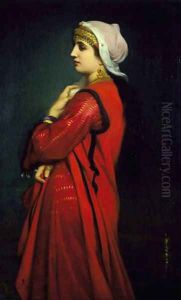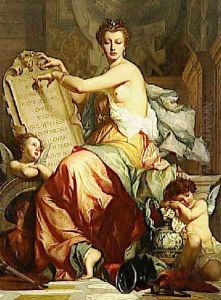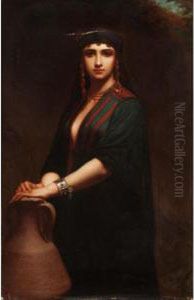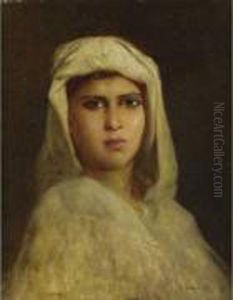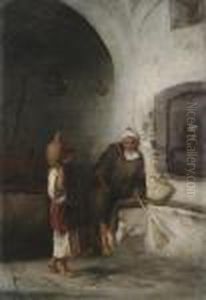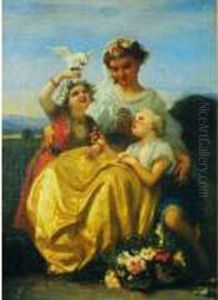Charles Zacharie Landelle Paintings
Charles Zacharie Landelle was a French painter born on June 2, 1821, in Laval, Mayenne, France. He was a prolific artist of the 19th century, known for his Orientalist and genre paintings, as well as his portraits. Landelle showed an aptitude for art at an early age and went on to study under the tutelage of Paul Delaroche, a prominent French painter of that era. He also studied at the École des Beaux-Arts in Paris, which was the premier art institution in France, shaping many of the period’s successful artists.
Landelle’s work was first exhibited at the Salon, the official art exhibition of the Académie des Beaux-Arts in Paris, in 1841, and he continued to show his works there throughout his career. His paintings typically portrayed subjects from history, mythology, and religion, as well as scenes from his travels in North Africa and the Middle East, which greatly influenced his style and choice of subject matter.
In 1848, he received a second-class medal at the Salon, and in 1855, he was awarded the Legion of Honor, which was one of the highest recognitions for artists in France. His work was characterized by its fine detail, vibrant color palette, and the exquisite rendering of fabrics and textures, which appealed to the tastes of the French bourgeoisie.
Landelle was quite successful during his lifetime, receiving commissions from notable figures of his time, and his works were collected by art enthusiasts and patrons. His painting 'The Angelus' was particularly famous, exemplifying his skill in capturing both the spiritual and the human aspects of his subjects.
Despite his success, Landelle’s work fell out of favor with the advent of Impressionism and the shift in artistic tastes at the end of the 19th century. However, his contributions to French art during the Second Empire and the early Third Republic were significant, and his works can still be seen in museums and private collections around the world.
Charles Zacharie Landelle died on January 13, 1908, in Chennevières-sur-Marne, France. His legacy is that of a classical academic painter whose works offer a glimpse into the Orientalist and Romantic sensibilities of his time.




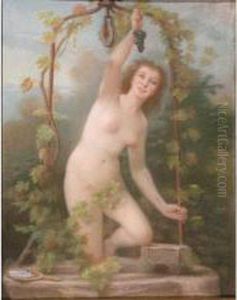
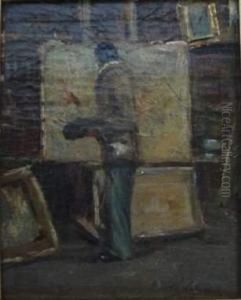



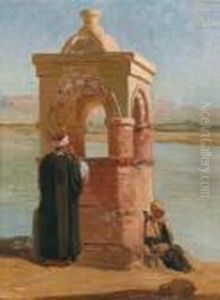






![Vue De Venise [ ; View Of Venice ; Oil On Canvas Signed Lower Left Ch Landelle]](https://www.niceartgallery.com/imgs/1429381/s/charles-zacharie-landelle-vue-de-venise-view-of-venice-oil-on-canvas-signed-lower-left-ch-landelle-a4e5092b.jpg)
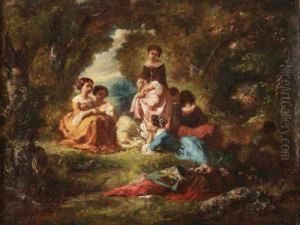
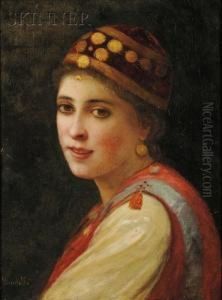



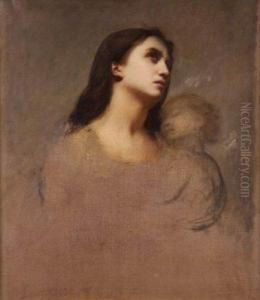

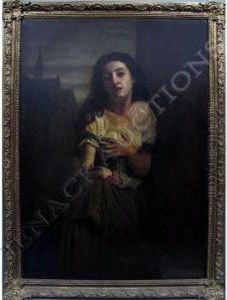
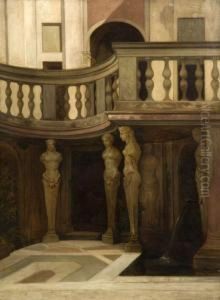

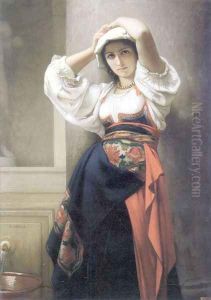

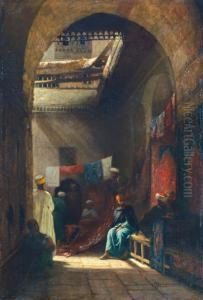

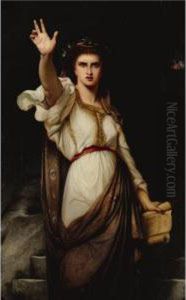



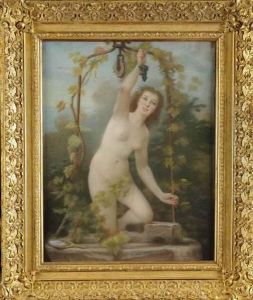

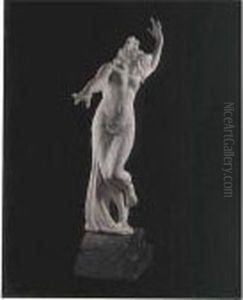


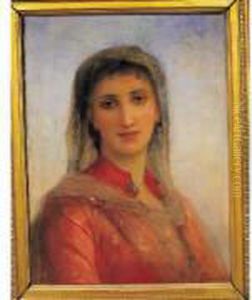

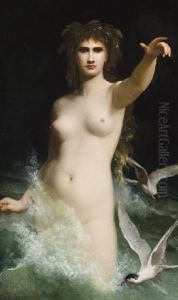

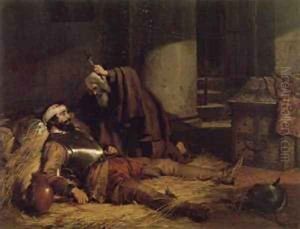
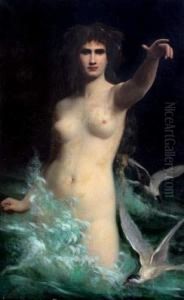
![An Angel Holding a Chalice [detail #1]](https://www.niceartgallery.com/imgs/210915/s/charles-zacharie-landelle-an-angel-holding-a-chalice-detail-1-1b08f588.jpg)




